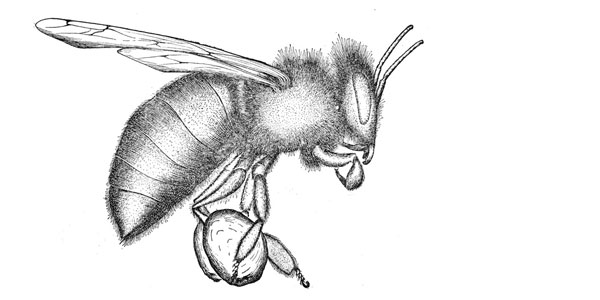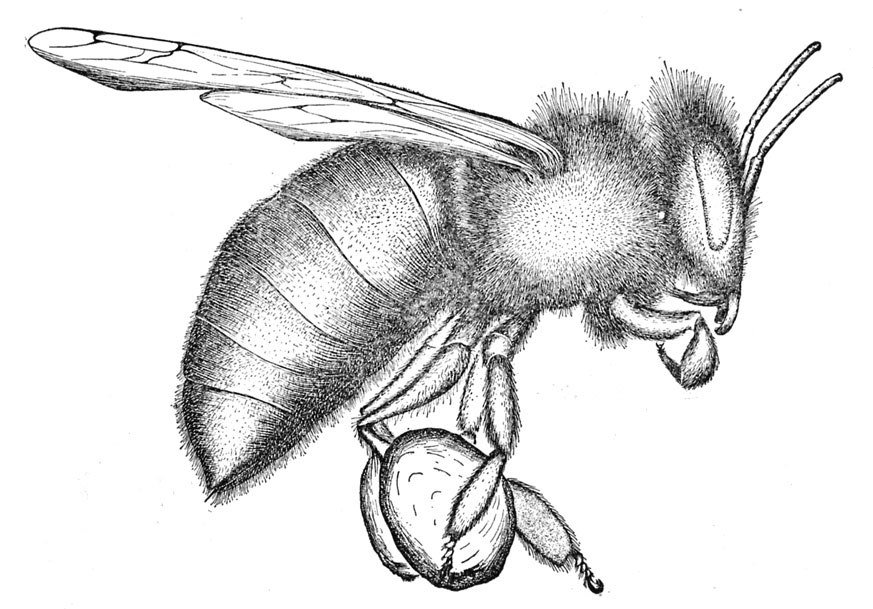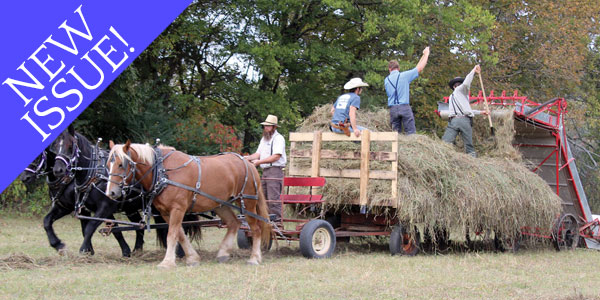
Mysteries Surrounding CCD

Mysteries Surrounding CCD
by Paul Hunter
Colony Collapse Disorder is not a case of the canary in the coal mine, a small colorful indicator in the grimy mitt of commerce, an organic poison detector. It is more like a whole community of miners lost in a mine disaster. By definition, CCD is the abrupt disappearance of bees from their hive, leaving only a few of those attendants who don’t venture forth. The bees just disappear. This disappearance has frustrated scientists, who cannot perform autopsies to learn what the bees may have died of. No telling what’s become of them, where they’ve gone.
As most of us know, bees swarm — that is, leave the hive en mass — for several reasons. The most common reason is a lack of room to grow, when there are plenty of blooming plants in the vicinity. When bees swarm, they hatch out a new queen and follow her to find a place to build a new hive. By contrast, in Colony Collapse Disorder the bees slip away as individuals, leave their posts and duties, signalling some kind of failure. Perhaps they only leave in a last desperate urge to avoid fouling the nest with their corpses.
I recall half a dozen years ago reading about homing pigeons, pigeon raisers and fanciers telling how the birds never seem to die in the roost, but only out on a run. Released, they set off and never return. And their keepers can’t keep the old ones from going along, because often they are the leaders, with the truest sense of direction. Besides, these homing flights are their nature, their identity, that seems cruel to deny.
European research into the mysterious beehive pandemic of CCD has identified the neo-nicotinoid pesticides as a primary cause, weakening bees’ immune systems and making them susceptible to mites, viruses, fungi and other pests. France has banned the use of these pesticides in farming, with the result that beehives are again thriving in that country.
There are a couple of issues here. The pesticide scientific studies that are most often funded by industry itself (a case of the fox guarding the henhouse) may be flawed and easily self-deluded, with results presented in ways that are deliberately deceptive. Seeking an answer that is profitable, that implicitly endorses a certain product and way of working, no one is immune to self-interest.
The best work has come from study groups that include beekeepers themselves, though here we meet one of farming’s recent bugaboos, scale. The largest beekeeper in the country until a few years ago had 50,000 hives. Such beekeepers with thousands of hives are in the bee-rental business, trucking their hives to fields and orchards all over the country to service plants in bloom. This trucking itself stresses bees, and makes it difficult to track where the bees may have picked up a pesticide, mite or virus, working and passing through a dozen states.
Honey bees may be affected by such chemicals when they are used as a seed treatment because neo-nicoticoids are known to work their way through the plant up into the flowers and leave residues in the nectar. Scientists note that the doses taken up by bees are not lethal, but they are concerned about possible chronic problems caused by long-term exposure. Virtually all of the genetically engineered Bt corn grown in the U.S. is treated with neo-nicoticoids, and a 2012 study found high levels of clothianidin in pneumatic planter exhaust. In the study the insecticide was found in the soil of unplanted fields adjacent to those planted with Bt corn, and on dandelions growing near those fields.
Honey bees are vulnerable to temperature, and cannot fly laden with pollen and nectar when the temperature drops below 10 degrees Centigrade (50 degrees Fahrenheit). The hive’s inner temperature is regulated by the bees, who pack together more densely as it gets colder, consuming their stored honey and shivering to raise the temperature. The bees circulate around the queen at the center so none gets too warm or too cold. Depending on the severity of the winter, a typical hive may consume 30 to 100 pounds of its own honey to survive. And nothing substitutes for their own honey — surely not sugar water. Yet in their own honey the bees are often storing and then consuming the very pesticides and toxins that weaken them.
And then there is the matter of location. Bees only work a single crop at a time, and when workers bring information back to the hive it is relayed by a set of “dances” or moves that signal the direction to the crop, plus how far and how large a source it may be. If the workers’ complicated and only dimly understood sense of direction is compromised by industrial pesticides, never mind a weakened immune system, they could go away and not be able to find their way back to the hive. Without its strategies and stores to replenish them, bees cannot survive more than a day or two on their own.
Finally, it might be useful to think of bees as fellow farmers, since they are likewise dependent on close observation, work that is skilled and persistent, and time-tested survival strategies. They work hard at whatever is in bloom nearby, to harvest nectar and pollen. They ferment and then seal into wax containers the reliable food on which they depend, to feed their offspring and sustain themselves over winter, until the first blooms of the following spring. Human choices and profit-driven strategies are a great part of what stresses honeybees. The disappearance of the hive as a thriving community should be seen as a dark response to the kind of life and work they are offered.




